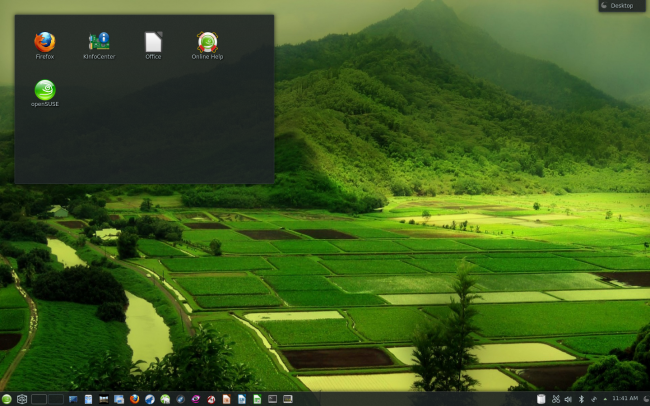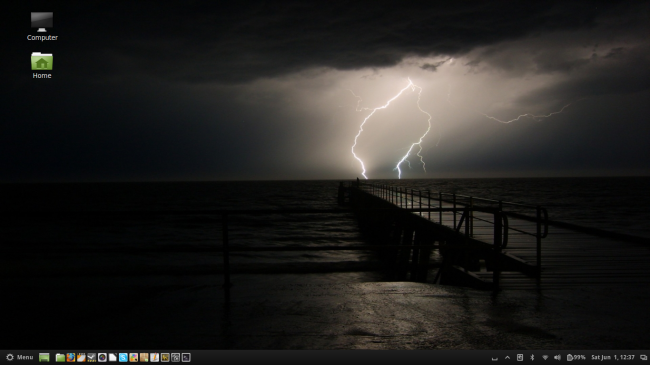What Cinnamon can learn from KDE
Like the laws of physics tell us, for every article, there’s an equal counter-article. Indeed, it is time to complete the battle royale started last week. In the first piece, we compared KDE and Cinnamon, arguably the two leading desktop environments in the Linux world, from the perspective of the former, in terms of what it can learn from its younger rival. Previously on Star Trek … I mean Netrunner, we saw that Cinnamon benefits from a jolly nippy development speed, both because of its age and size as a project, a tightly knit sense of belonging with the user… Continue Reading




